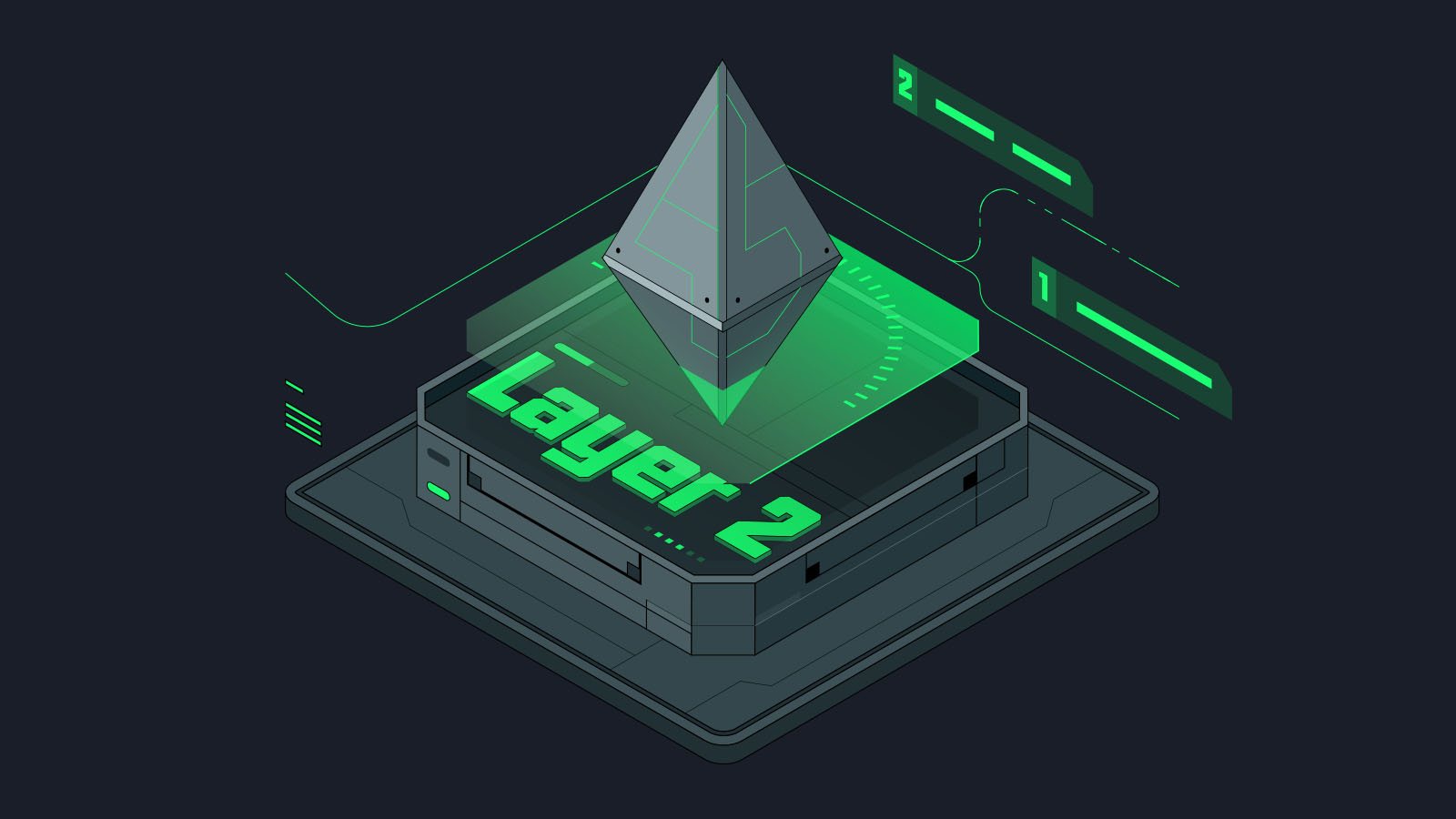
Optimistic rollups represent the cornerstone technology driving unprecedented layer 2 blockchain adoption by solving scalability bottlenecks that limited mainstream cryptocurrency applications. These scaling solutions enable thousands of transactions per second while maintaining security guarantees from the underlying layer 1 networks. The technology has become crucial for supporting diverse applications, including gaming platforms, decentralised finance protocols, and emerging top 10 meme coin projects requiring fast, affordable transactions for community engagement and trading activities.
Scalability breakthrough mechanisms
Optimistic rollups achieve massive throughput improvements by processing transactions off the main blockchain while periodically submitting compressed transaction data to layer 1 for security validation. This approach allows thousands of transactions to be bundled into single layer 1 transactions, dramatically reducing individual transaction costs while maintaining security properties. The optimistic assumption means transactions are presumed valid unless challenged during specified dispute periods.
The fraud-proof mechanism ensures network security by allowing validators to challenge potentially invalid transactions within predetermined timeframes. When challenges occur, the system executes disputed transactions on layer 1 to determine validity, penalising malicious actors while preserving honest transaction execution. This security model enables high throughput without compromising the trust guarantees that make blockchain technology valuable for financial applications and community-driven projects.
Developer ecosystem expansion
Optimistic rollups maintain compatibility with innovative contract environments, allowing developers to deploy applications without rewriting code or learning new programming languages. This seamless migration path accelerates adoption by eliminating technical barriers that historically slowed layer 2 implementation. Development teams can leverage familiar tools, libraries, and frameworks while gaining substantial application performance improvements.
The reduced operational costs enable experimental projects and community-driven initiatives that couldn’t justify layer 1 expenses. This economic accessibility has fostered innovation in social tokens, gaming applications, and community governance systems. The lower barrier to entry democratizes blockchain development by allowing smaller teams and individual developers to create sophisticated applications without requiring significant financial resources or institutional backing.
Network effects acceleration
- User acquisition becomes easier when transaction costs don’t create prohibitive barriers to platform participation and token trading
- Application interoperability increases as more projects deploy on shared layer 2 infrastructure, creating interconnected ecosystems
- Liquidity aggregation improves through concentrated activity on high-performance networks that support rapid token swaps
- Community building accelerates when users can participate in governance and social activities affordably without excessive gas fees
- Cross-application composability creates synergistic effects between different projects and protocols within the same layer 2 environment
- Developer talent concentration builds robust ecosystems around successful layer 2 implementations that attract innovation
Market adoption catalysts
The combination of low fees and high throughput has enabled new business models that weren’t viable on congested layer 1 networks. Social media platforms, gaming applications, and community-driven projects can now implement blockchain features without forcing users to pay excessive transaction fees. This accessibility has broadened cryptocurrency’s appeal beyond speculative trading, including practical utility applications that serve real user needs. Institutional adoption has accelerated as enterprises recognise the cost advantages and performance improvements that optimistic rollups provide for business applications. Supply chain tracking, digital identity systems, and automated payment networks become economically feasible when transaction costs align with business requirements. The technology bridges the gap between blockchain capabilities and real-world business needs through practical performance characteristics that support sustainable growth models and long-term viability.



